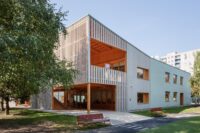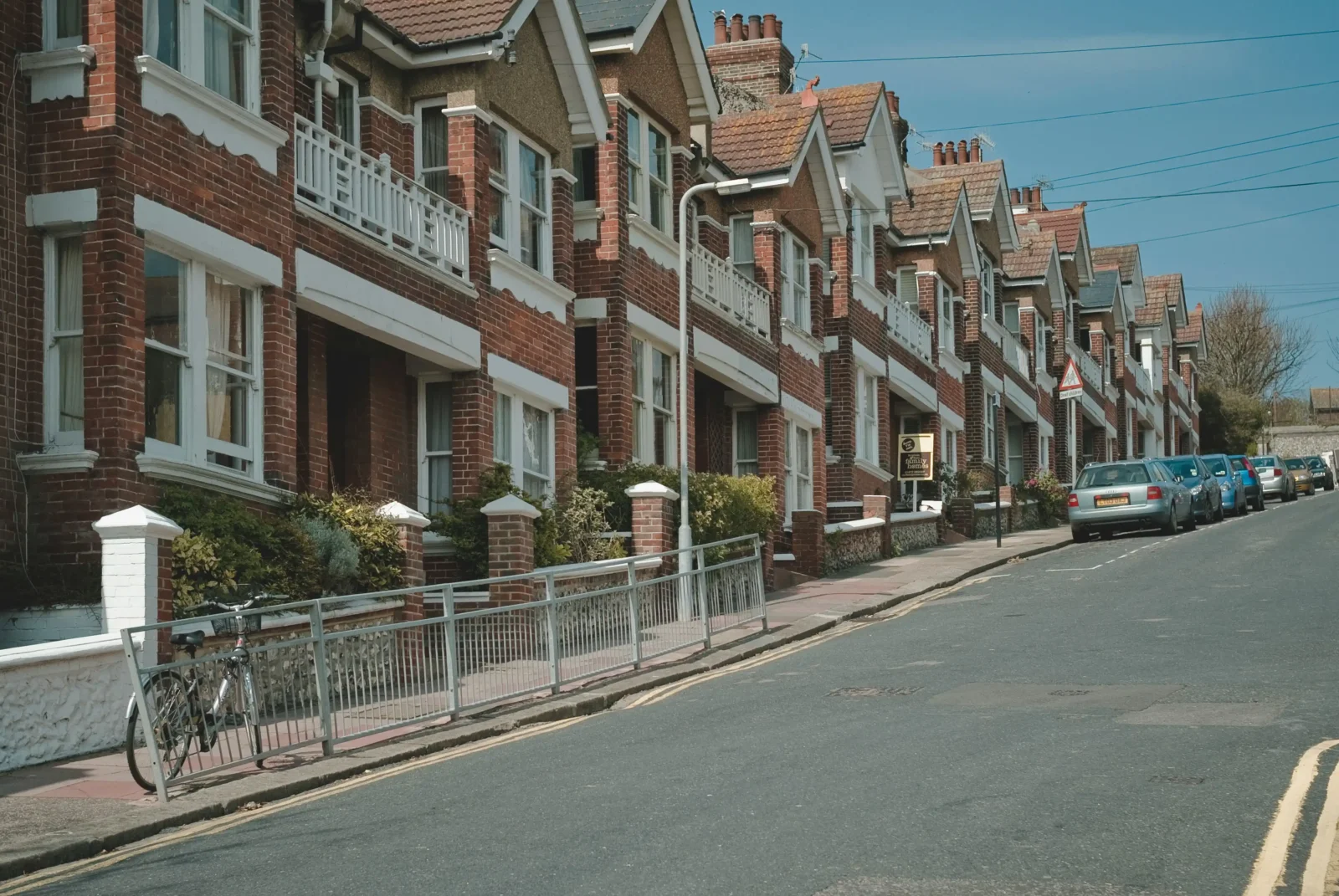- Home
- Articles
- Architectural Portfolio
- Architectral Presentation
- Inspirational Stories
- Architecture News
- Visualization
- BIM Industry
- Facade Design
- Parametric Design
- Career
- Landscape Architecture
- Construction
- Artificial Intelligence
- Sketching
- Design Softwares
- Diagrams
- Writing
- Architectural Tips
- Sustainability
- Courses
- Concept
- Technology
- History & Heritage
- Future of Architecture
- Guides & How-To
- Art & Culture
- Projects
- Interior Design
- Competitions
- Jobs
- Store
- Tools
- More
- Home
- Articles
- Architectural Portfolio
- Architectral Presentation
- Inspirational Stories
- Architecture News
- Visualization
- BIM Industry
- Facade Design
- Parametric Design
- Career
- Landscape Architecture
- Construction
- Artificial Intelligence
- Sketching
- Design Softwares
- Diagrams
- Writing
- Architectural Tips
- Sustainability
- Courses
- Concept
- Technology
- History & Heritage
- Future of Architecture
- Guides & How-To
- Art & Culture
- Projects
- Interior Design
- Competitions
- Jobs
- Store
- Tools
- More
Essential Architecture Design Tips for Creating Functional and Inspiring Spaces
Discover essential architecture design tips to create inspiring and functional spaces. Learn key principles like balance, simplicity, and sustainability while blending creativity with practicality. From beginner advice to advanced strategies, explore techniques for optimizing aesthetics, functionality, and eco-consciousness.

Designing architecture isn’t just about creating structures; it’s about shaping spaces that inspire and function seamlessly. Whether we’re crafting a cozy home or a towering skyscraper, the principles of good design guide us in blending creativity with practicality. Every line, material, and detail contributes to a story that reflects both purpose and vision.
As architects or enthusiasts, we know the process can feel overwhelming at times. Balancing aesthetics, sustainability, and client needs requires thoughtful planning and innovation. That’s why understanding key design tips can make all the difference. Let’s explore how we can elevate our architectural projects with strategies that bring ideas to life while staying true to their essence.
Table of Contents
ToggleUnderstanding The Basics Of Architecture Design
Architectural design focuses on creating meaningful and functional spaces. It integrates aesthetics, structural integrity, and usability to meet the demands of both the environment and end users. Through careful planning and a deep understanding of the context, architects ensure their designs achieve lasting value.

Key Components of Architecture Design
- Site Analysis
Site analysis evaluates environmental, historical, and geographic factors. For example, sunlight exposure, wind patterns, and local zoning regulations influence design decisions.
- Space Planning
Carefully organizing spatial layouts accommodates user needs. Efficient flow between areas, such as workstations in an office or rooms in a home, improves functionality.
- Material Selection
Appropriate materials enhance durability and aesthetics. Sustainable materials like reclaimed wood or low-carbon concrete align with eco-friendly principles.
- Structural Systems
Structural systems ensure safety and stability. Steel frameworks, reinforced concrete, or load-bearing masonry depend on the project’s scope and local conditions.
- Cultural and Contextual Relevance
Designs resonate deeply when they incorporate cultural and social influences. In urban spaces, blending traditional styles with modern elements often creates visual harmony.
- Balance refers to an equal distribution of visual weight. For instance, symmetry can create harmony in formal spaces.
- Scale adjusts spatial relationships to fit human use and perception. Entrance areas, like doorways or lobbies, should feel proportional in size.
- Contrast employs differing elements, such as light and dark tones, to highlight key features.
- Simplicity reduces clutter, promoting clarity of design elements. This adds functionality while enhancing aesthetics.
Breaking down design fundamentals allows us to approach projects with purpose, recognize constraints, and overcome challenges effectively.

Key Principles For Effective Architecture Design
Applying foundational principles ensures architectural designs are functional, visually engaging, and sustainable. These principles guide architects in aligning creativity with practicality.
Functionality And Purpose
Designing functional spaces involves prioritizing user needs and overall spatial efficiency. Adequate circulation, accessibility, and multi-purpose layouts form core components of effective functionality. For instance, incorporating open floor plans in residential spaces optimizes light and flexibility. Every element, from room dimensions to furniture placement, should serve a specific purpose to enhance usability.
Aesthetic Appeal
Aesthetic considerations enrich designs by creating visually harmonious and inviting environments. Balancing proportion, texture, and color is essential to achieve an impactful visual identity. We often utilize symmetry for formal compositions or asymmetry for dynamic appeal. Context-appropriate styles, such as minimalist or classical, further align with users’ preferences and cultural expectations.
Sustainability And Environmental Considerations
Sustainable design integrates resource efficiency and environmental responsibility. Using renewable materials, optimizing energy performance, and implementing passive design strategies minimize ecological footprints. Features like rainwater harvesting systems and solar panels exemplify how architecture can address environmental challenges. Holistic planning also considers site orientation and natural elements to enhance sustainable outcomes.

Essential Architecture Design Tips For Beginners
Effective architectural design requires combining creativity with practicality. By incorporating fundamental principles and strategies, beginners can create impactful and functional spaces.
Focusing On The Client’s Needs
Understanding client expectations directs the design process. We assess their goals, lifestyle, and specific requirements to tailor spaces that align with their vision. For example, residential projects often demand comfortable and flexible layouts, while commercial designs may prioritize functionality and branding. Communication plays a key role in maintaining alignment throughout the project.
Prioritizing Simplicity In Design
Simplified designs enhance usability and clarity. We focus on clean lines, minimal ornamentation, and cohesive layouts to ensure spaces feel intuitive. Simple designs also reduce visual clutter, making them timeless and adaptable. For instance, open floor plans paired with neutral palettes create versatile and enduring environments.
Balancing Form And Function
Aesthetics and utility work together to define great architecture. We strive to balance the two by aligning visual appeal with purpose. For example, incorporating natural light through strategically placed windows enhances both ambiance and energy efficiency. Thoughtful material choices and structural planning ensure that beauty complements usability throughout the design.
Advanced Tips For Experienced Architects
Experienced architects benefit from advanced strategies that push design boundaries while optimizing functionality and user experience. Leveraging technology, teamwork, and emergent trends can elevate architectural practices.
Integrating Technology Into Design
Incorporating advanced technology improves design precision and efficiency. Tools like BIM (Building Information Modeling) streamline project management and enhance collaboration by creating detailed 3D models. Generative design software explores multiple iterations based on predefined parameters, offering innovative solutions in shorter timeframes. Virtual and augmented reality tools allow us to visualize spaces before construction, aiding client presentations and design refinements. Adopting smart building technologies, such as IoT systems, fosters energy-efficient and responsive structures.
Emphasizing Collaboration And Communication
Collaboration strengthens project outcomes by integrating diverse expertise. Engaging multidisciplinary teams, including structural engineers, interior designers, and sustainability consultants, ensures well-rounded solutions. Open communication with stakeholders throughout the process aligns designs with project goals and client expectations. Implementing digital collaboration platforms aids in sharing files, managing timelines, and addressing challenges promptly.
Staying Updated On Trends And Innovations
Staying informed ensures contemporary and future-ready designs. Tracking advancements in sustainable materials, adaptive reuse, and circular design principles enhances environmentally responsible practices. Monitoring design trends, such as biomimicry and modular architecture, provides a competitive edge. Attending industry conferences, joining professional networks, and subscribing to architectural publications expand our knowledge base and inspire creative solutions.

Common Mistakes To Avoid In Architecture Design
Ignoring Context and Site Analysis
Skipping context evaluations leads to designs that clash with their surroundings. Local climate, topography, and cultural elements must guide the design to integrate harmoniously. For example, a building with poor solar orientation may result in higher energy consumption and uncomfortable interiors.
Inadequate Space Planning
Ineffective layouts disrupt functionality and user comfort. Spaces should balance aesthetics and practical dimensions, avoiding issues like overcrowded or underutilized areas. Designing without accommodating circulation paths or furniture arrangements diminishes living and working conditions.
Disregarding Building Codes and Regulations
Noncompliance with codes affects safety and project feasibility. Plans must adhere to zoning laws, safety standards, and structural guidelines. Overlooking such requirements can lead to penalties, prolonged approval processes, or forced redesigns.
Underestimating Material Selection
Choosing materials solely for appearance compromises durability and functionality. Materials should align with the project’s performance requirements, climate conditions, and budget. For example, opting for cheap but unsuitable materials can lead to early wear and eventual replacements.
Insufficient Integration of Technology
Failure to utilize advanced tools limits design efficiency and precision. Leveraging Building Information Modeling (BIM) or parametric software streamlines workflows and addresses design challenges effectively. Ignoring these resources risks missed opportunities for optimization.
Rushing the Design Process
Hastily completed designs often overlook critical aspects, leading to subpar outcomes. Thorough planning, testing, and feedback refinement ensure thoughtful solutions that last. Rushing compromises quality and increases costly changes during construction.
Conclusion
Effective architectural design requires balancing creativity, functionality, and sustainability. We recognize that thoughtful site analysis, precise space planning, and mindful material selection lay the foundation for lasting value in every project. Embracing design principles like balance, scale, and simplicity ensures that spaces meet user needs while maintaining visual appeal.
Incorporating advanced tools such as BIM and generative design software enhances efficiency, while fostering collaboration among diverse teams leads to well-rounded solutions. Staying informed about sustainable materials and practices enriches our designs, aligning them with modern ecological standards.
Avoiding mistakes like neglecting context, overcomplicating designs, or rushing the process prevents costly issues and promotes successful outcomes. By combining innovation with practicality, we create impactful spaces that resonate with purpose and inspiration.
- architectural trends 2023
- Architecture design tips
- commercial architecture planning
- creating functional spaces
- creative architectural solutions
- decorating functional spaces
- Functional Architecture
- home architecture ideas
- innovative interior design
- inspiring spaces design
- Interior Design Tips
- minimalist space design
- modern architecture design
- office space design tips
- Residential Design Tips
- space optimization in architecture
- sustainable architecture design
- urban architectural ideas
illustrarch is your daily dose of architecture. Leading community designed for all lovers of illustration and #drawing.
Submit your architectural projects
Follow these steps for submission your project. Submission FormLatest Posts
10 Interesting Facts About Zaha Hadid
Zaha Hadid was a visionary architect whose fluid forms, bold experimentation, and...
Online 3D Terrain Mapping Tools for Urban and Landscape Design in 2025
A curated guide to the best online 3D terrain mapping tools in...
Common Emergency Repairs Every Homeowner Should Be Ready For
For most of us, when something goes wrong, we have a propensity...
Designing, Retrofitting, and Valuing Non-Standard Homes in Britain
Britain’s housing stock carries a quiet contradiction. From the street, many homes...












Leave a comment